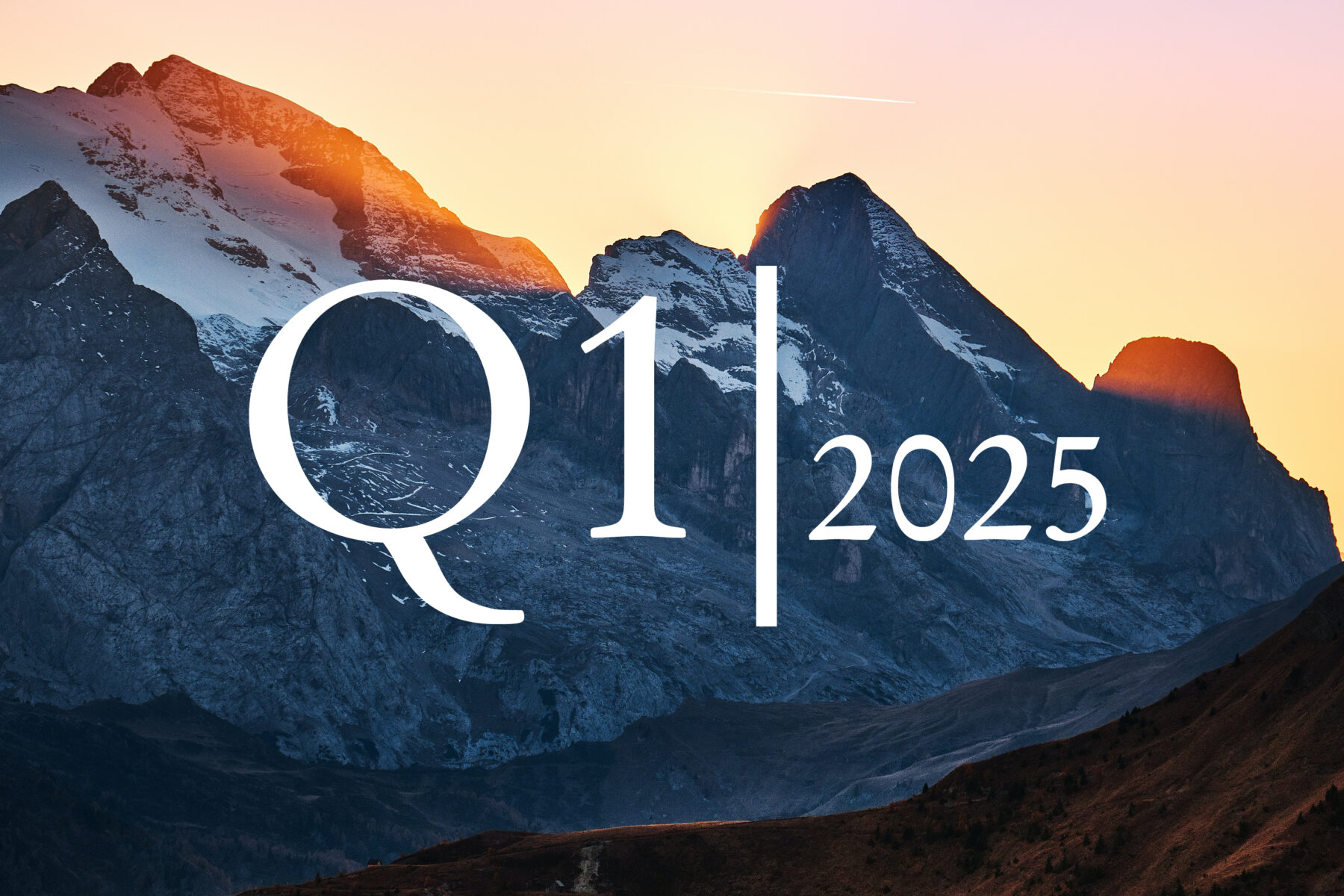Oil continues to move sideways without geopolitical escalation
Crude oil remained stuck in a volatile sideways range in the fourth quarter of 2024. There was no new impetus from OPEC+, which had been keeping production levels artificially low for several months: in early December, the cartel once again postponed the planned production increases by three months to April. While Donald Trump’s election victory had little impact, China’s newly announced stimulus measures and geopolitical developments led to a volatile sideways movement in the oil price. Absent strong demand growth in China or a geopolitical escalation, a significant price increase remains unlikely given the abundant supply and weak demand outlook. However, a sharp fall in prices is also unlikely. The risks are well known and offer little potential for negative surprises. Trump’s “drill, baby, drill” policy is also likely to be limited as oil companies focus on distributing profits rather than expanding production. As a result, the oil price is likely to remain volatile and overall sideways for the time being.
Crude oil price potential limited by high OPEC+ capacity
OPEC spare capacity over 20 years, in millions of barrels per day
Gold has further upside after consolidation
Gold continued to rally in the fourth quarter, reaching new all-time highs. In early November there was a period of consolidation and gold fell by up to 8% at times. This was triggered by Donald Trump’s election victory, which led to a sharp appreciation of the dollar, a temporary rise in bond yields and a risk-on mode in the markets. Previous strong performance, geopolitical easing and high positioning also made gold vulnerable to consolidation. Nevertheless, fundamental factors such as increased central bank and ETF buying, rising government debt, geopolitical risks and a downward trend in central bank interest rates should continue to support gold in 2025.
Gold supported by central bank purchases
In 2022 and 2023, central bank purchases were already equivalent to around 25-30% of annual global gold production
Long-term upside potential for metals intact
Industrial metals were under pressure in the fourth quarter as manufacturing activity continued to weaken. Donald Trump’s election victory also had an impact on the metals complex, as Trump’s planned tariffs could weigh on Chinese exports and impact economic output, which in turn is likely to weaken demand for industrial metals. However, the downside potential is limited by factors such as a structural supply shortage, high demand as a result of decarbonisation and an economic recovery. In the short term, however, a significant recovery in the manufacturing sector will be needed for industrial metals prices to rise significantly.
Economic upturn should strengthen prospects for metals
LME Industrial Metals Index versus the Global Manufacturing Purchasing Manag-ers' Index


